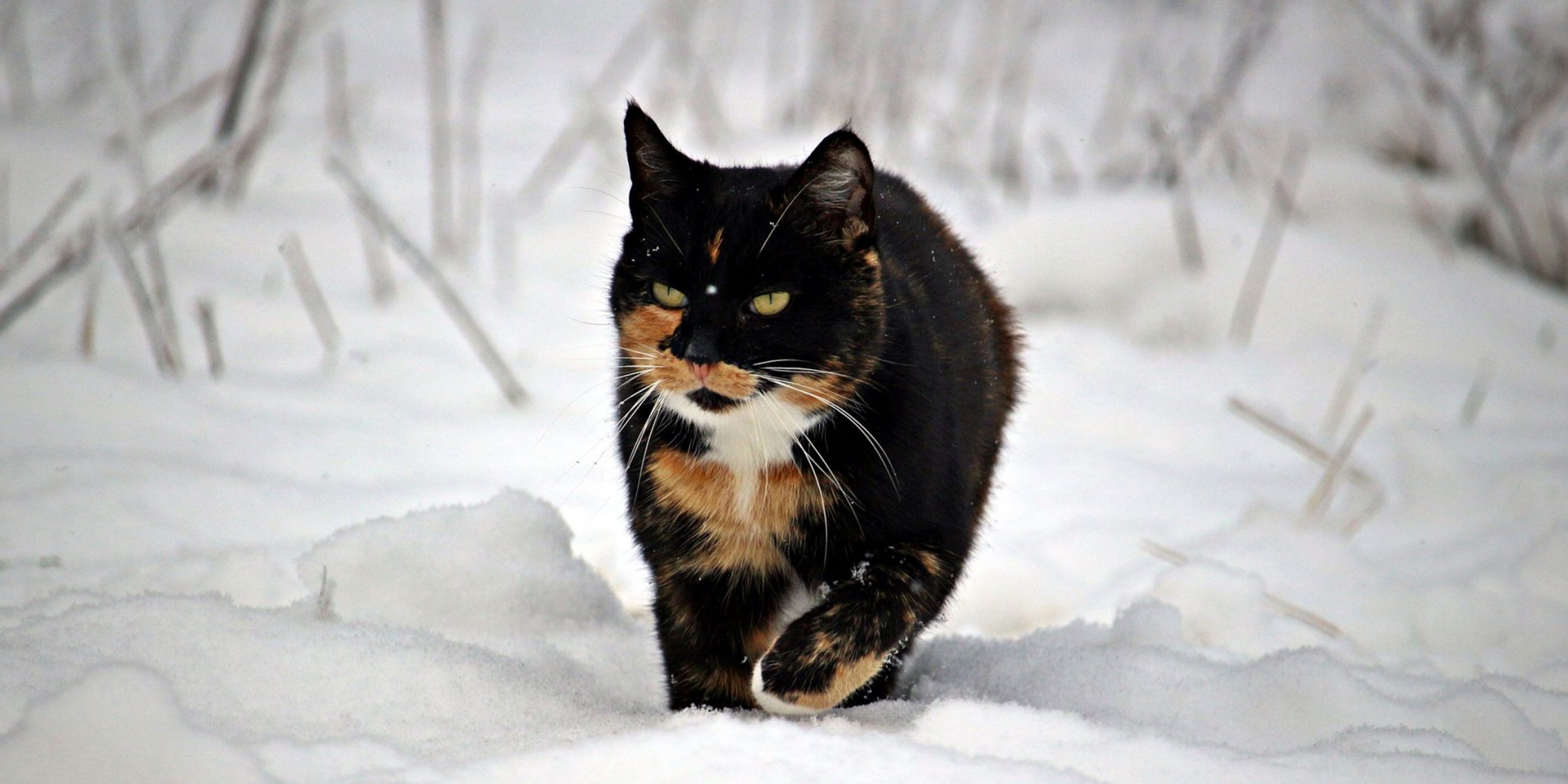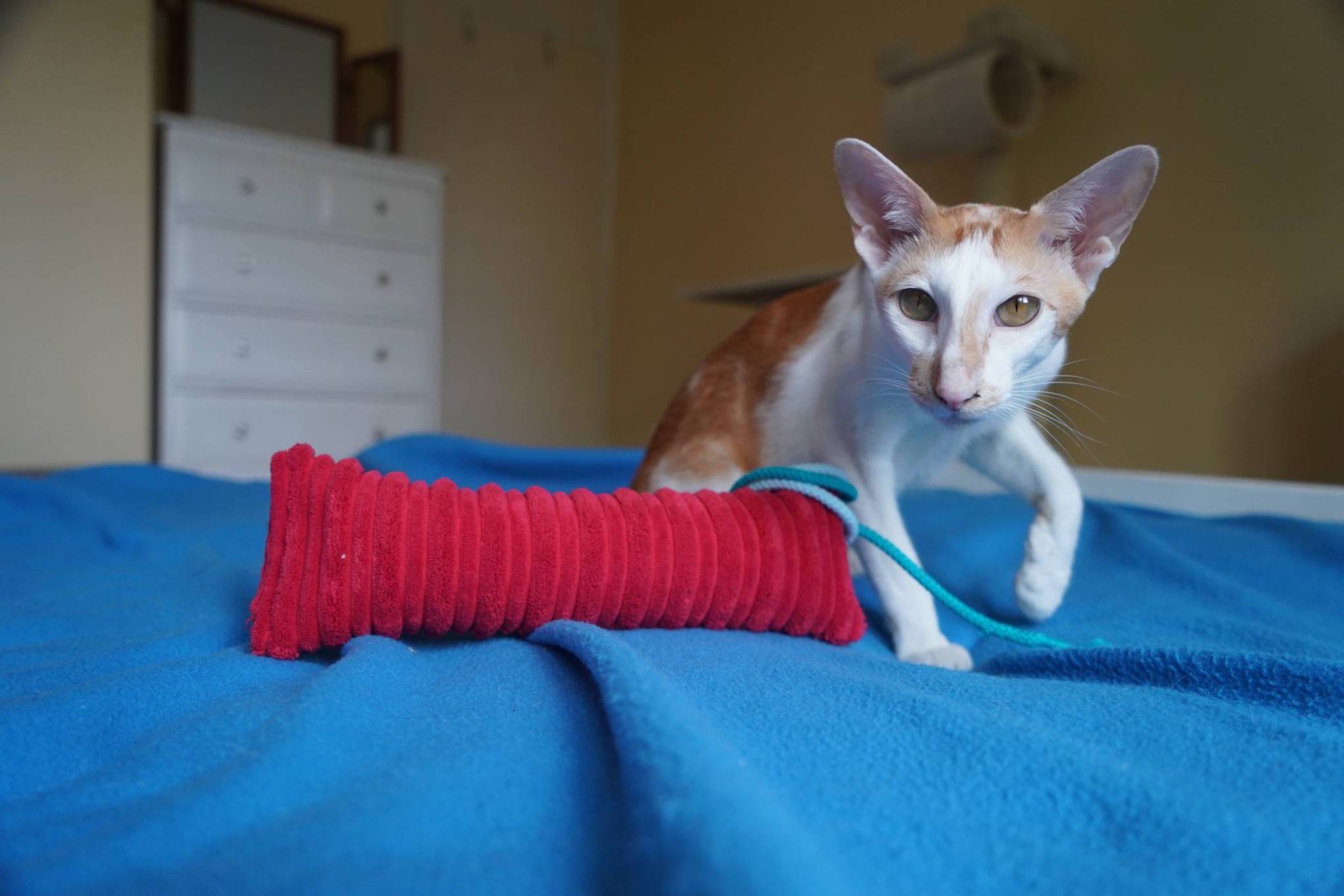This article first appeared on iCatCare here.
During the winter we try to prevent freezing by using ethylene glycol, otherwise known as antifreeze, in car radiators and in some screen washes and de-icers.
Every year during the winter months there is an increase in the number of cats poisoned by antifreeze.
How are cats exposed to ethylene glycol?
Cats only need to drink a teaspoon or less of antifreeze for it to cause serious illness and even death. So a curious lick or two from a bottle, or from a spillage, could be enough to cause big problems for the cat. Antifreeze tends to be found in garages or on drives, where it may be stored incorrectly or spilled while pouring into a car radiator, or it could be left in a shallow tray after a car radiator has been drained. A cat walking through a puddle of antifreeze will groom its coat or paws and ingest the poison this way. Ethylene glycol may also be used in garden water features to prevent them freezing up, and unfortunately this can also be drunk by a thirsty cat.
How does ethylene glycol harm cats?
Ethylene glycol is broken down in the liver and this process produces other chemicals that severely damage the cat’s kidneys. This damage is often so severe that the cat cannot survive.
What signs of poisoning do cats show?
A cat may not show any signs of poisoning for about half an hour after ingesting ethylene glycol. It may then start to show signs such as sickness, a wobbly gait (appearing ‘drunk’), weakness and tiredness. As kidney damage develops, cats may also drink and urinate a lot and become very unwell, even collapsing. Blood and urine samples taken by the vet will show abnormalities consistent with ethylene glycol toxicity such as kidney damage and certain crystals in the urine.

How can I prevent my cat being poisoned with ethylene glycol?
If you have any products containing ethylene glycol such as antifreeze, make sure you store them safely away from children and animals. Use screen wash and de-icer sprays that do not contain ethylene glycol. If a car radiator has been drained and a splash of antifreeze remains on the floor, wipe it up completely and rinse the area thoroughly with water. Remember even a tiny amount on a cat’s feet (picked up if it walks through a spillage) is enough to harm it. If you think your cat has been exposed at all, on the coat or feet or by lapping up water containing ethylene glycol, contact your vet immediately. If your vet has any worries over the treatment of your cat he or she may contact the Veterinary Poisons Information Service who will advise on what treatment would be best for this situation.
Being aware of your cat’s normal health and behaviour will help you to notice signs of illness and seek treatment from your vet straight away. For example if a normally healthy cat with outdoor access returns home and seems too quiet and is sick, and if you think there is any possible chance it has been exposed to ethylene glycol, seek advice from your veterinary practice immediately.
Are there alternatives to ethylene glycol?
Unfortunately, ethylene glycol is almost universally used as an antifreeze agent, despite being so toxic, and there are few alternatives. It is possible to obtain propylene glycol based antifreeze in some regions, and this represents a safer alternative (although more expensive and still not completely safe).
Adding agents that taste bitter
It has been suggested that all antifreeze solutions should contain an additive, such as Bitrex®, or denatonium. Denatonium is a safe chemical that is said to be the most bitter tasting chemical known and can be added to potentially poisonous substances to make it less likely that they will be eaten or drunk.
While this sounds like an ideal solution to the problem of cats and other animals drinking ethylene glycol, in fact denatonium (or Bitrx®) has not been shown to be very effective in discouraging dogs from eating palatable foods and, in people, adding denatonium to antifreeze solutions has apparently not decreased the frequency of poisoning among young children. Thus while adding denatonium to antifreeze will do no harm, it may well not have the desired effect in preventing animals drinking or licking the solution.
The best advice therefore is to be highly vigilant and to prevent animals and children coming into contact with ethylene glycol, and if they do, to get them treated as soon as possible.
The sooner veterinary treatment is received, the better their chances of survival. If left untreated pets can suffer, and will die. If you think your cat might have been exposed to ethylene glycol, contact your vet immediately!
We have a free downloadable poster outlining the dangers of antifreeze that you can access here.
Keep up to date with the rest of our Keeping Cats Safe campaign
Visit our Shop for top-quality cat toys and cat lover products!
I am the feline behaviour specialist at feline charity ‘International Cat Care’. We are about engaging, educating and empowering people throughout the world to improve the health and welfare of cats by sharing advice, training and passion.

